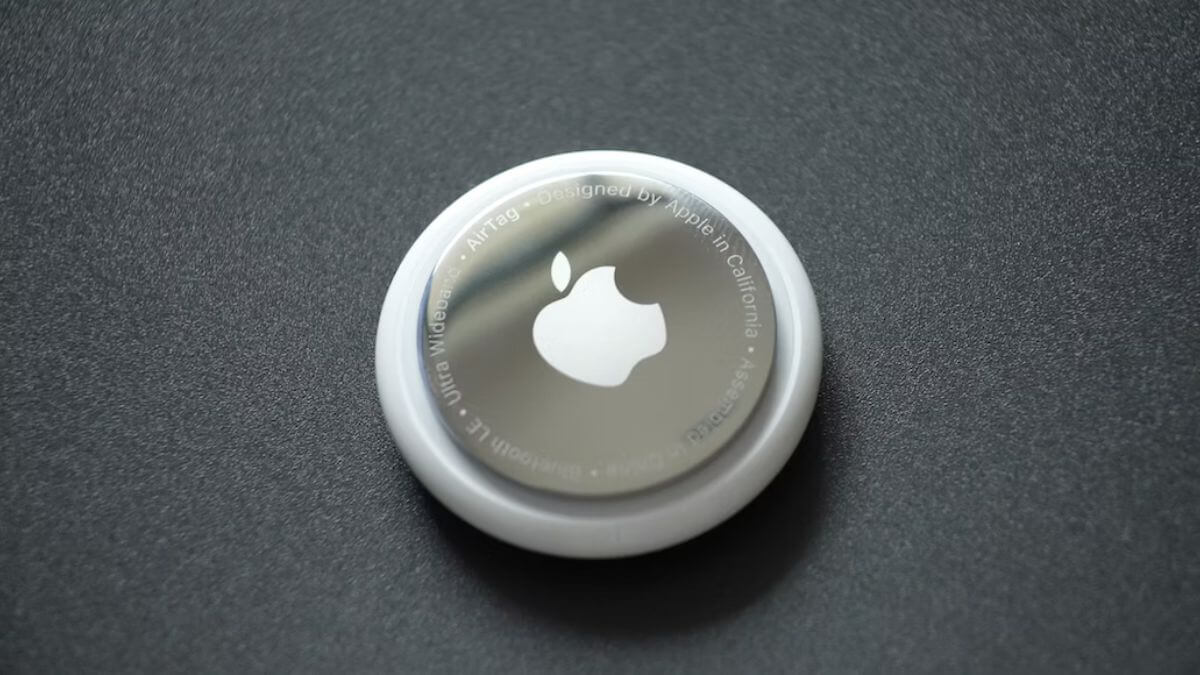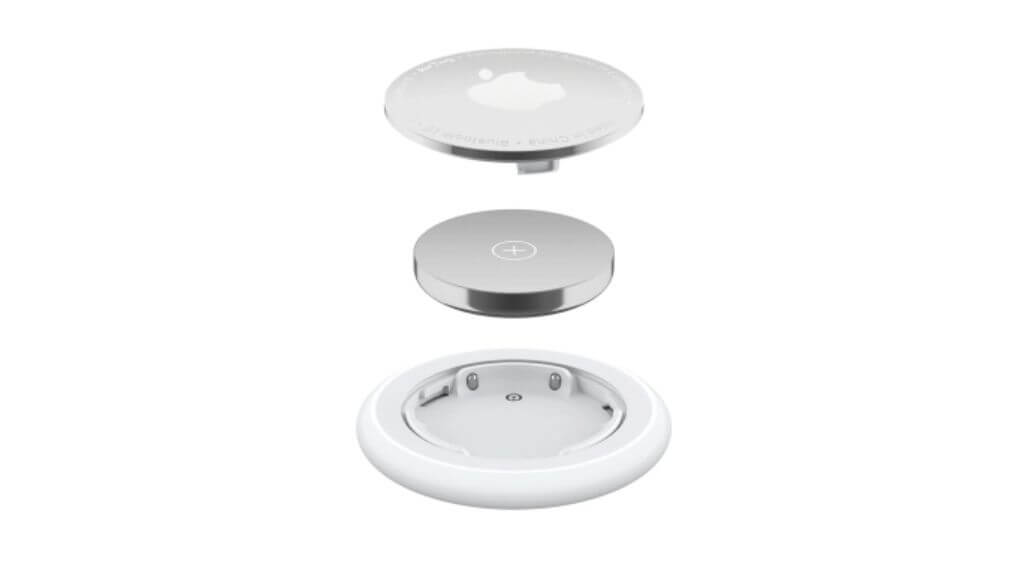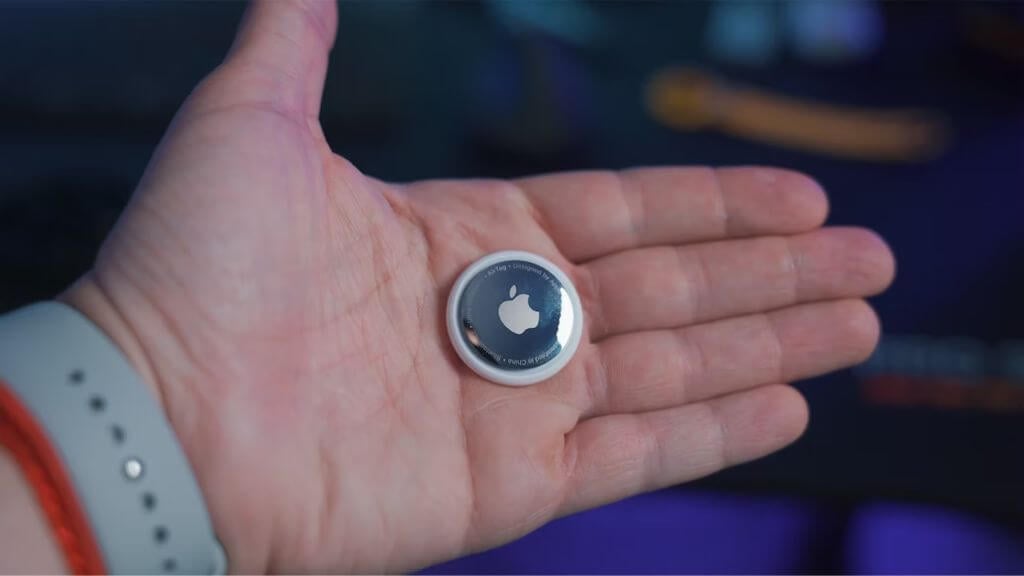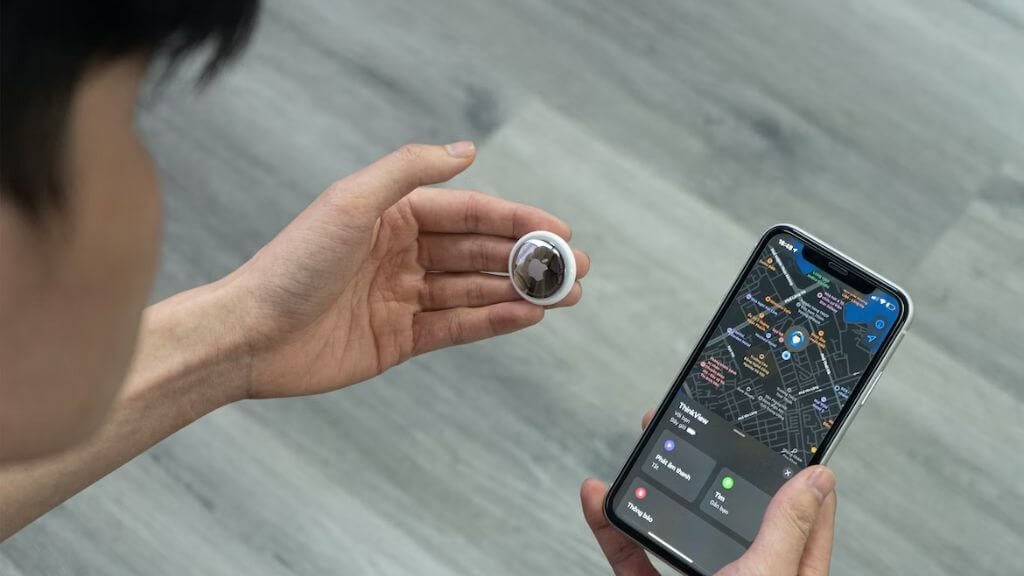Losing your keys, wallet, or any other essential item is frustrating. Thanks to Apple’s AirTag, those frantic moments are becoming a thing of the past.
However, one question often pops up: How often do AirTags update location?
How Often Do AirTags Update?
The most straightforward answer to “How often do AirTags update location?” is that it depends. The AirTag doesn’t have a fixed interval for updating its location. It’s usually within 60-120 seconds, but the actual time it takes to update depends on several variables.
Proximity to Apple Devices
The efficacy of the AirTag in updating its location largely depends on its proximity to Apple devices. It’s not just about being close to your own iPhone or iPad. Because the AirTag leverages a community-based approach to locating lost items, it’s more likely to get a hit if multiple Apple devices are within Bluetooth range. On paper, Bluetooth LE has a range of 100m (about 333ft), but in practice, AirTags don’t have that much range, and other factors reduce signal range.
AirTags act as Bluetooth beacons. They aren’t making a normal Bluetooth connection and pairing with any one device; they’re emitting a signal every few seconds, and any device in the Find My network that detects that encrypted signal passes it along.
In high-traffic areas, like city centers or shopping malls, you’ll find that the AirTag updates its location more frequently, thanks to the high density of Apple devices. It should be happening every few seconds. In less dense areas, it might be a few minutes before someone with the right Apple device passes close enough to pick up the beacon.
Battery Life Considerations
AirTags come with a replaceable battery that Apple claims will last about a year under typical conditions. Frequent location updates can drain the AirTag battery faster. Apple’s iOS software optimizes this to balance precision with battery life.
If you lose stuff a lot and therefore use precision finding (which also relies on ultra wideband technology) and make the AirTag speaker ping, you can expect the AirTag to need a battery replacement sooner. In our experience with several AirTags, a year is a reasonable estimate, but the one we used to tag our escape artist cat did run down a few months faster.
AirTags left to their own devices, especially if they haven’t been moved, are likely to favor using less power, and therefore, you may not see updates as frequently.
Real-Time vs. Last Seen
The term “real-time” is a bit misleading. While the Find My app does provide relatively current location information, it’s not updated every second. The app will show the last known location if the AirTag can’t be reached, which is often the case if you’ve lost an item in a place with a sparse Apple population.
However, it’s still likely to be at or close to the last reported location, and once you’re within the Precision Finding range, you should be able to pinpoint it.
Lost Mode
When you put an AirTag in Lost Mode via the Find My app, it activates features designed to help you find your lost item more efficiently. Lost Mode will notify you as soon as the AirTag’s location is updated, but the update frequency will still depend on factors like proximity to other Apple devices.
Software Updates
Apple continually improves its devices’ performance and security through software updates. An iOS or AirTag update can affect the frequency of location updates. Keeping your devices updated ensures you’re getting the best performance.
You can’t manually update AirTags, but it should happen automatically if the AirTag is close to the iPhone it’s paired with.
How AirTags Work
Now, you have a good idea of how often you can expect an AirTag to update its location, depending on its situation. Still, it’s useful to understand more about how these devices work, and the frequency (or lack thereof) of updates will make a lot more sense.
Components Inside the AirTag
Despite being an unassuming device about the size of a bottle cap and its modest appearance, it packs a surprising amount of technology. Inside its minimalist casing, is a Bluetooth Low Energy (BLE) chip, a speaker for emitting sounds to help you locate it, an accelerometer to detect movement, and a user-replaceable battery. Apple has chosen a standard CR2032 battery, which is widely available and relatively inexpensive.
Tracking Through the Find My App
The backbone of AirTag tracking is the Find My app, available on iOS and Macs. This application shows you the location of all your Apple devices, from your iPhone and iPad to your Mac and, of course, your AirTag.
The Find My app uses a map interface to display the current or last known location of your devices. When you select an AirTag from the list, you can opt to play a sound on the device, find it using Precision Finding (if you have an iPhone 11 or newer), or mark it as lost.
Bluetooth and Crowd-Sourced Location
The magic behind AirTag’s tracking capabilities lies in its use of Bluetooth, and the crowd-sourced Find My Network, which is what the Find My App lets you access. Essentially, the AirTag sends out a secure Bluetooth signal that can be detected by nearby iPhones or other Apple devices, which then relay the location information back to iCloud and the Find My app.
This process is encrypted and anonymous to protect user privacy. This means your AirTag can be detected by any Apple device, not just your own. So, if you lose your keys in a cafe, any iPhone or iPad near your lost keys will pick up the Bluetooth signal and update its location for you.
Ultra-Wideband and Precision Finding
One of the standout features of the AirTag is its support for ultra-wideband technology, which offers Precision Finding. If you have an iPhone 11 or newer, your phone can more accurately determine the distance and direction to the AirTag as long as you’re within about 33 feet. A visual indicator on your iPhone guides you to the exact location of your lost item with surprising accuracy.
Finding Yourself
Understanding the frequency of AirTag location updates can be complicated, owing to the multitude of factors at play. While the updates aren’t in real-time in the strictest sense, they are frequent enough for most practical purposes. From the bustling city filled with iPhones to a remote area where the last seen location might be your only clue, the AirTag offers a flexible solution adaptable to various scenarios.
So, whether you’re worried about losing your keys, your iPad, or even your pet, an AirTag could be your go-to gadget for peace of mind.
If you’re still on the fence about buying an AirTag, check out Amazon for deals and read up on AirTag location history to better understand this little tracking device’s capabilities. Because in this fast-paced world, who has time to lose things anymore?
[related_posts_by_tax posts_per_page="5"]



